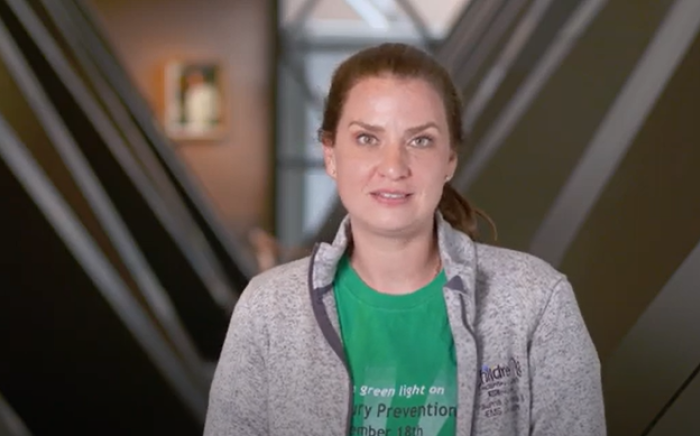What is pectus carinatum and its symptoms?
Pectus carinatum occurs when the connective tissues (cartilage) of the ribs and breastbone (sternum) undergo excessive growth, causing the sternum to protrude. It often is first noticed midway through childhood. Other than their physical appearance, most children do not have symptoms. However, some children may experience:
- Difficulty playing and exercising
- Tenderness and intermittent pain near the overgrown cartilage
- Older children may develop issues involving self-image or self-confidence
What causes pectus carinatum?
The cause of pectus carinatum is unknown. It tends to run in families, which suggests a genetic link. Like pectus excavatum, it sometimes is associated with other conditions, including scoliosis, inherited connective tissue disorders like Marfan syndrome and Ehlers-Danlos syndrome, and homocystinuria, a metabolic disorder.
How is pectus carinatum diagnosed?
Pectus carinatum usually doesn’t become apparent in children until age 11 or older. It may worsen when children experience growth spurts as adolescents.
St. Louis Children’s Hospital pediatric surgeons recommend that children undergo evaluation as soon as the possibility of pectus carinatum is suspected to ensure symptoms do not develop. It also ensures children receive treatment at the most appropriate time for their particular condition.
Diagnosing pectus excavatum involves:
- A thorough physical exam
- Detailed family history
- X-rays to help determine the severity of the abnormality
- If necessary, diagnostic imaging scans like computed tomography (CT) or magnetic resonance imaging (MRI) to define the chest’s anatomy
- Echocardiogram and electrocardiogram to test heart function
- Pulmonary function tests to detect breathing problems
- Genetic testing for those who are suspected of having related syndromes
How is pectus carinatum treated?
Timing is important for treating pectus carinatum. If a correction is done too early, problems may arise when future growth spurts affect patients’ chest development, thus making the treatment ineffective. Treatment for patients in their late teens may be more difficult because the chest wall is less compliant. In most cases, the optimum time for treatment is around puberty, which usually occurs in the early teens. Children with pectus carinatum have two treatment options:
- External bracing
- Surgery
The external pressure bracing technique corrects the deformity by slowly reconfiguring the chest wall. The customized brace has compression plates positioned at the front and back of the chest that may be adjusted to apply different levels of pressure. The brace needs to be worn about 16 hours a day for up to two years. Good results may be achieved with this method when teenage patients consistently wear the brace for the allotted times each day.
When it is difficult for children to comply with the bracing regimen, surgical correction of pectus carinatum involves a chest incision and removal of abnormal cartilage next to the sternum. The ribs then are re-formed using small, stainless steel wires. The procedure requires a four- to five-day hospital stay following surgery, and pain medication for several weeks to manage discomfort.
For children with mild forms of pectus carinatum who are not bothered by their appearance and who do not experience symptoms during physical activity, the decision may be made to forego treatment.
For more information or to schedule an appointment, call 314.454.5437 or 800.678.5437 or email us.












